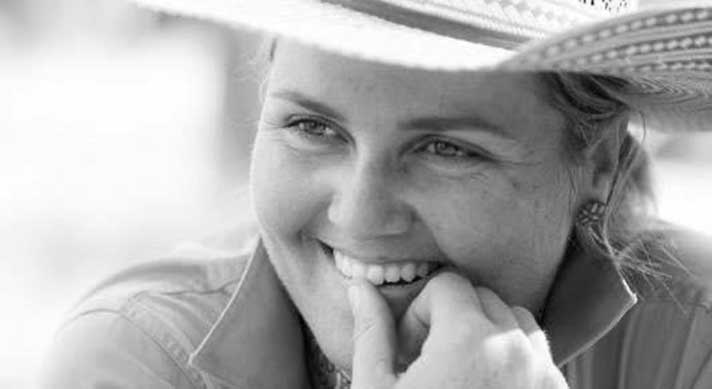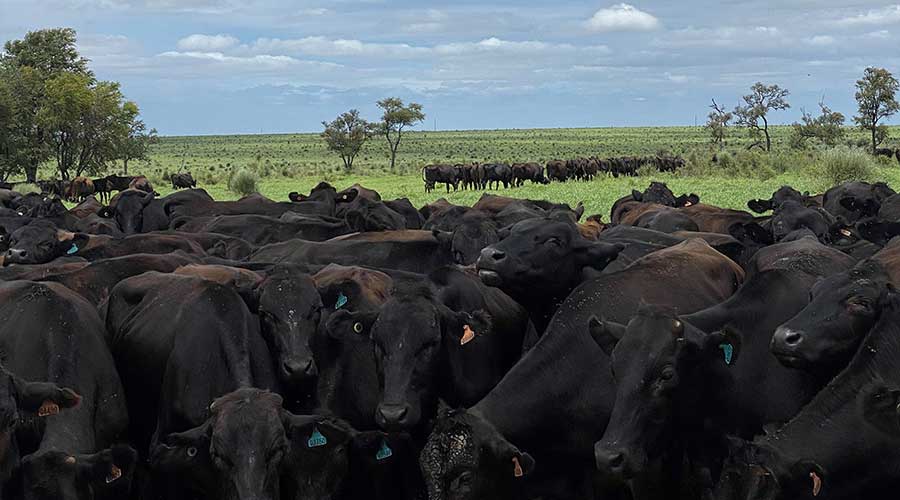Boost your livestock performance with NLIS
09 March 2022
-Min Read

Access ISC’s new how-to guides for using your NLIS account here, including guides to preparing files for upload to the NLIS database and moving livestock on or off a PIC by file upload.
